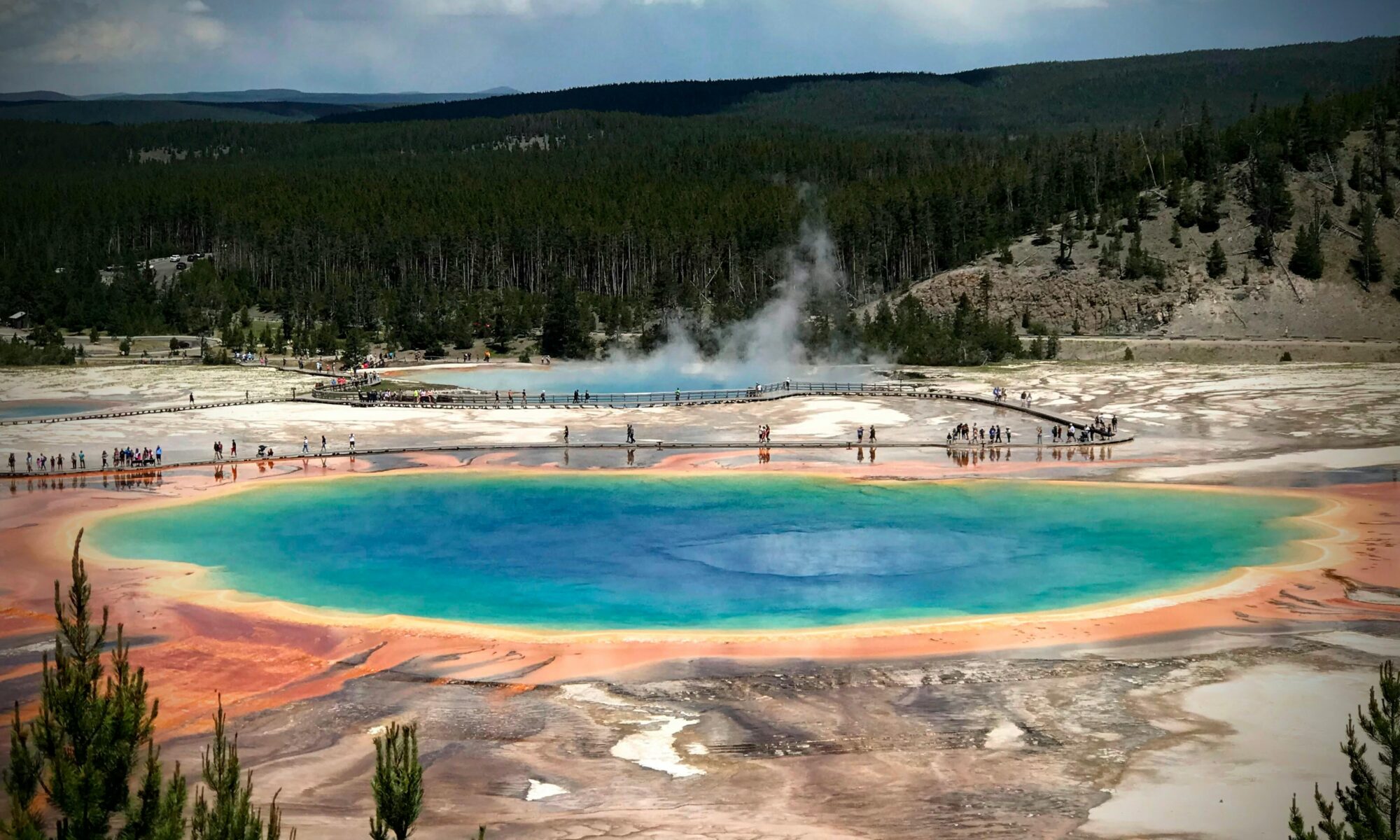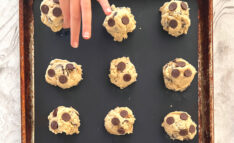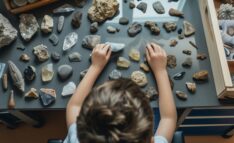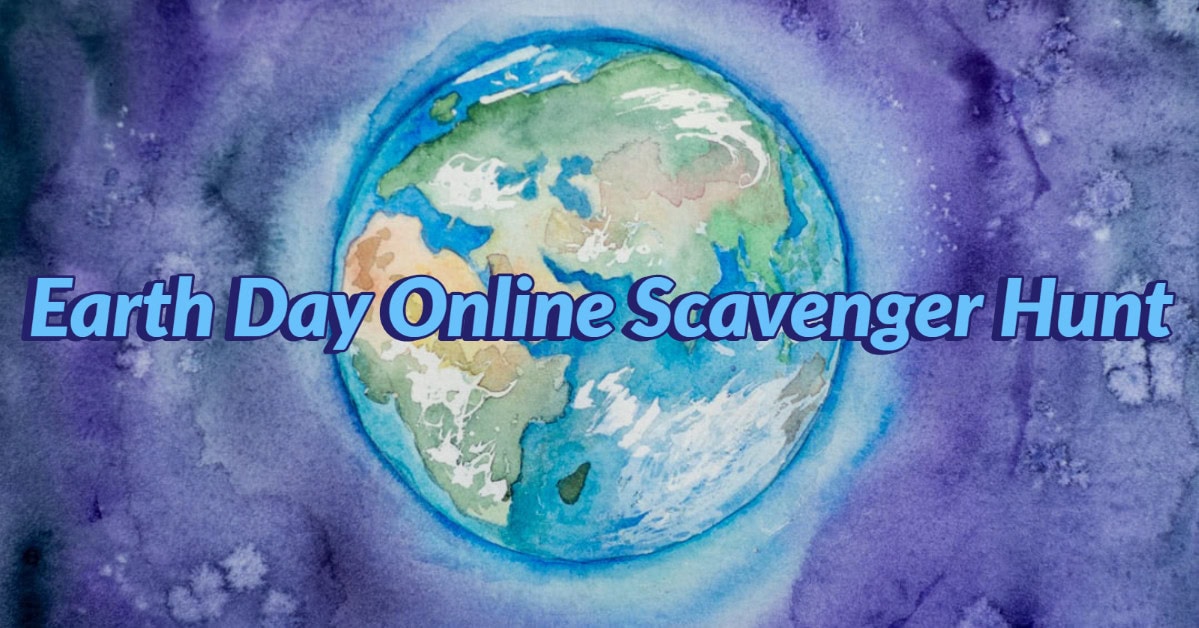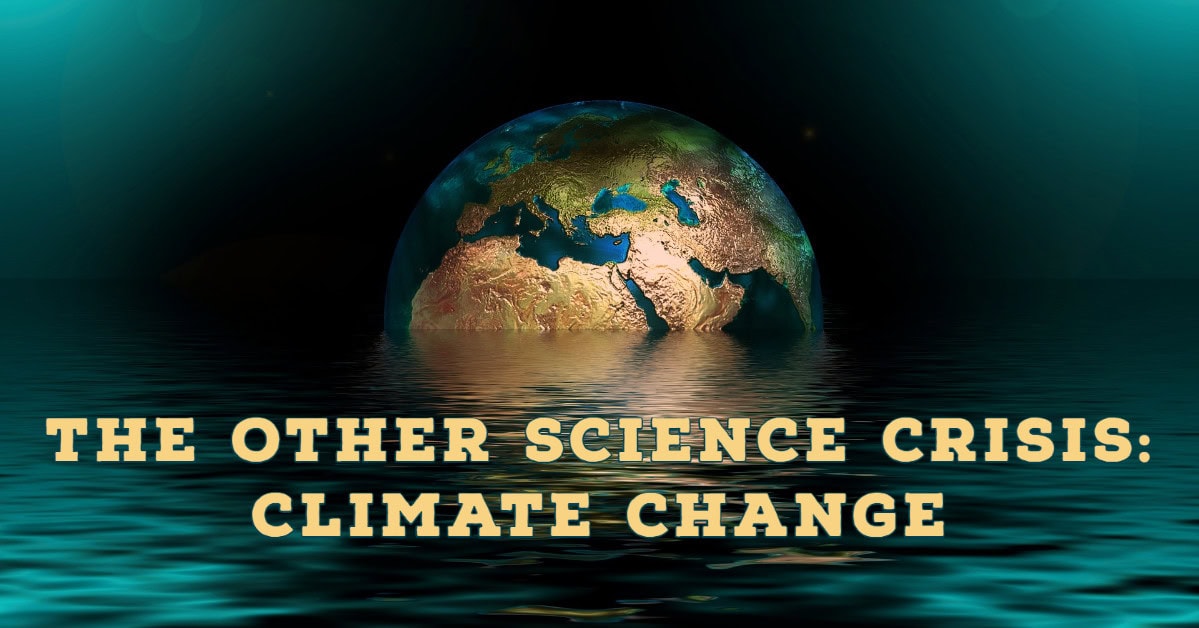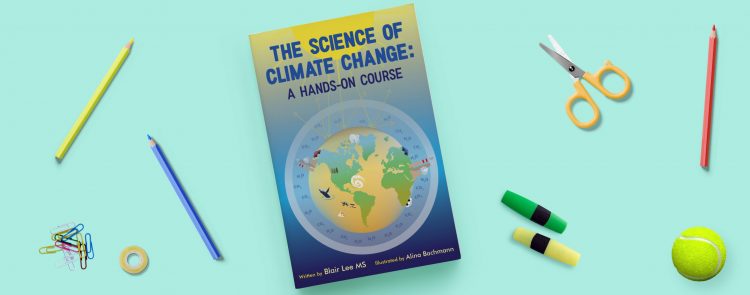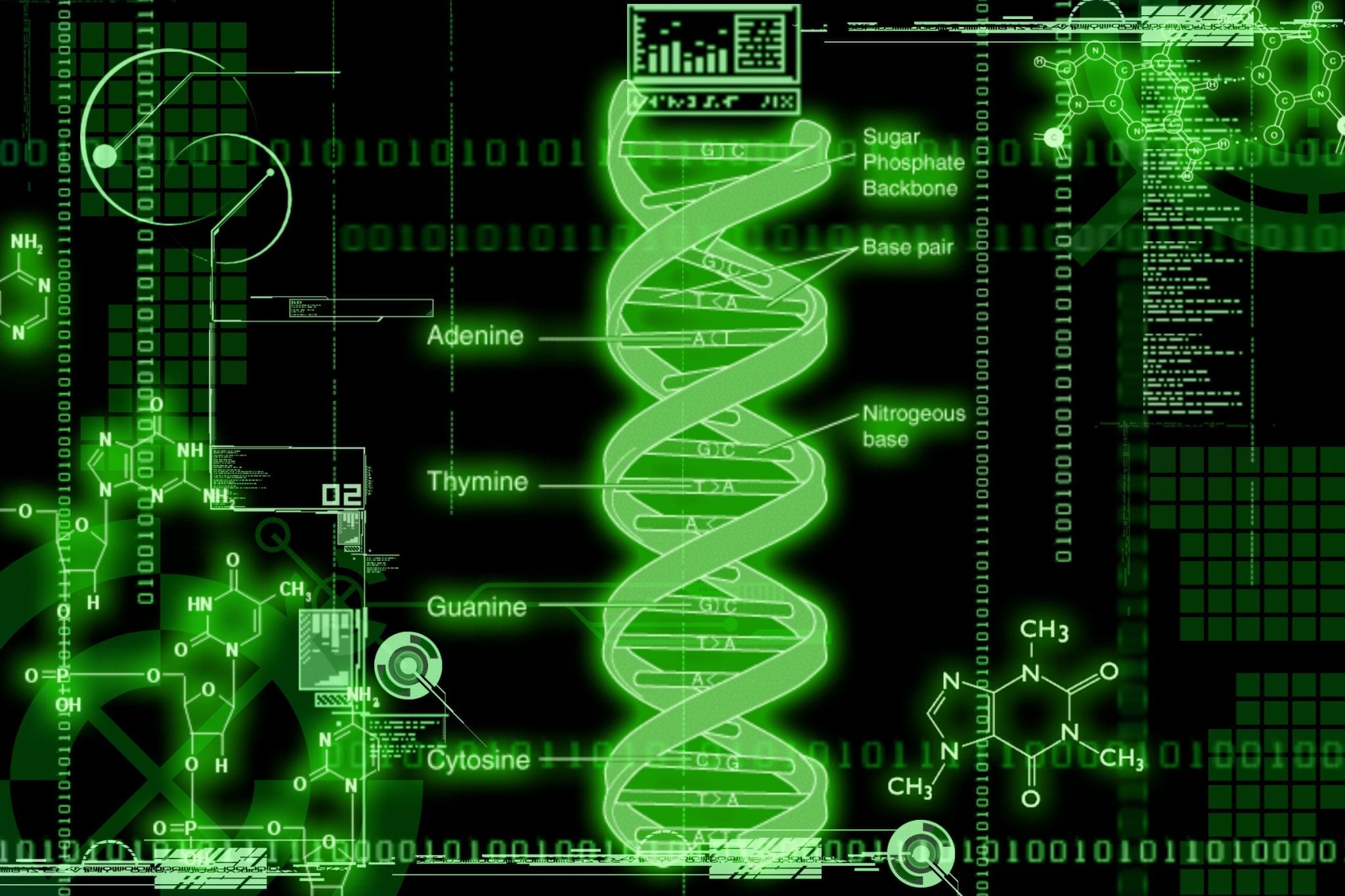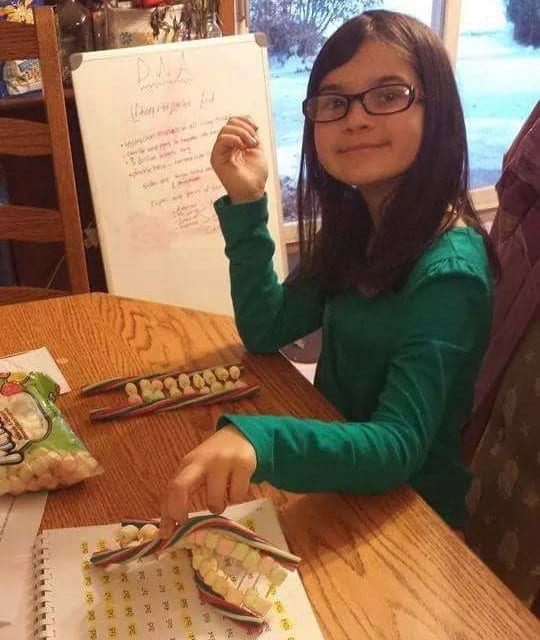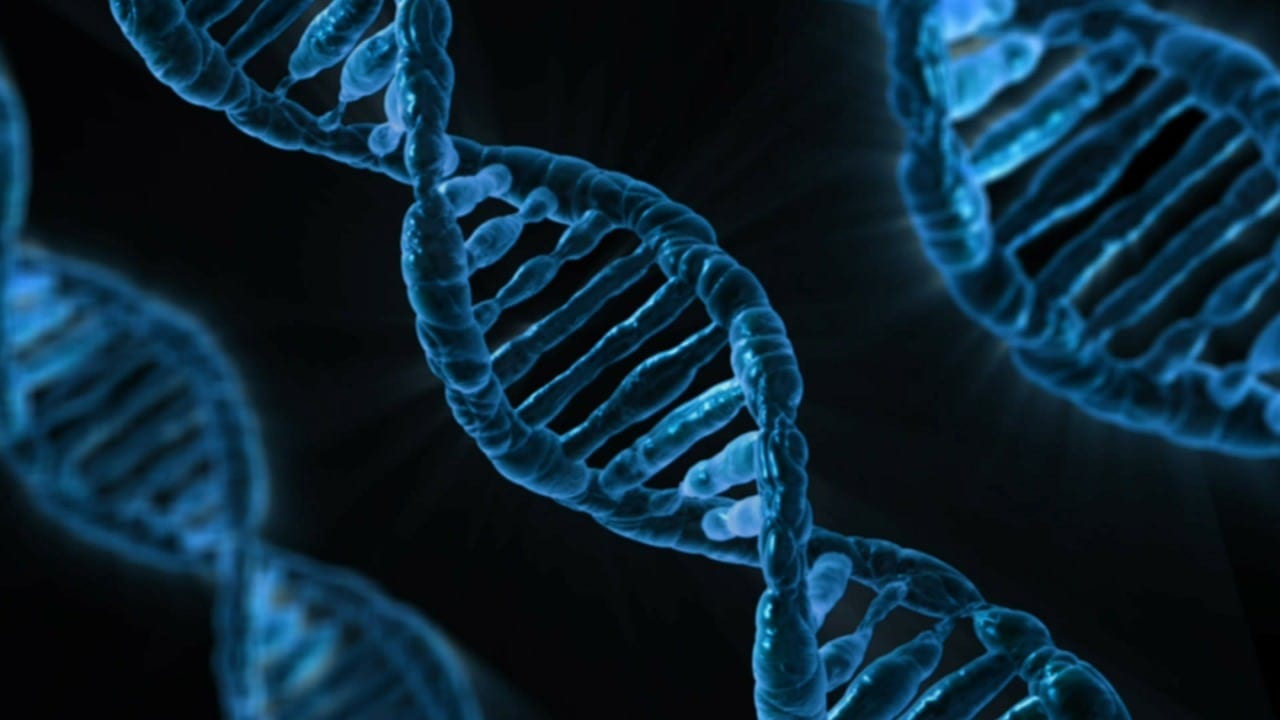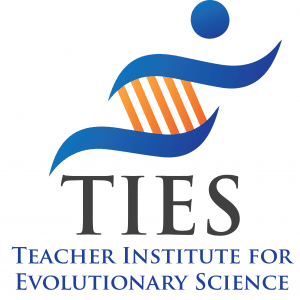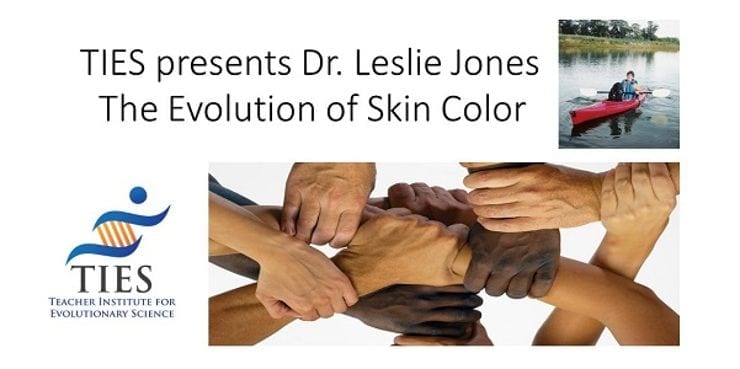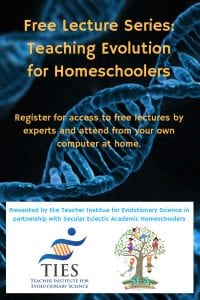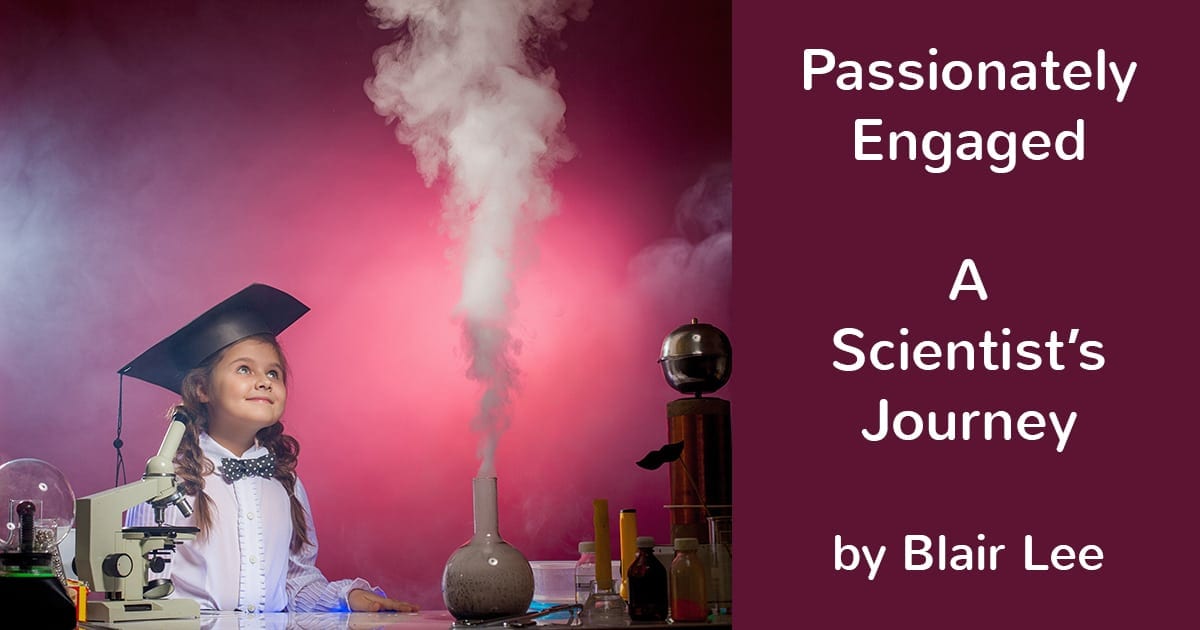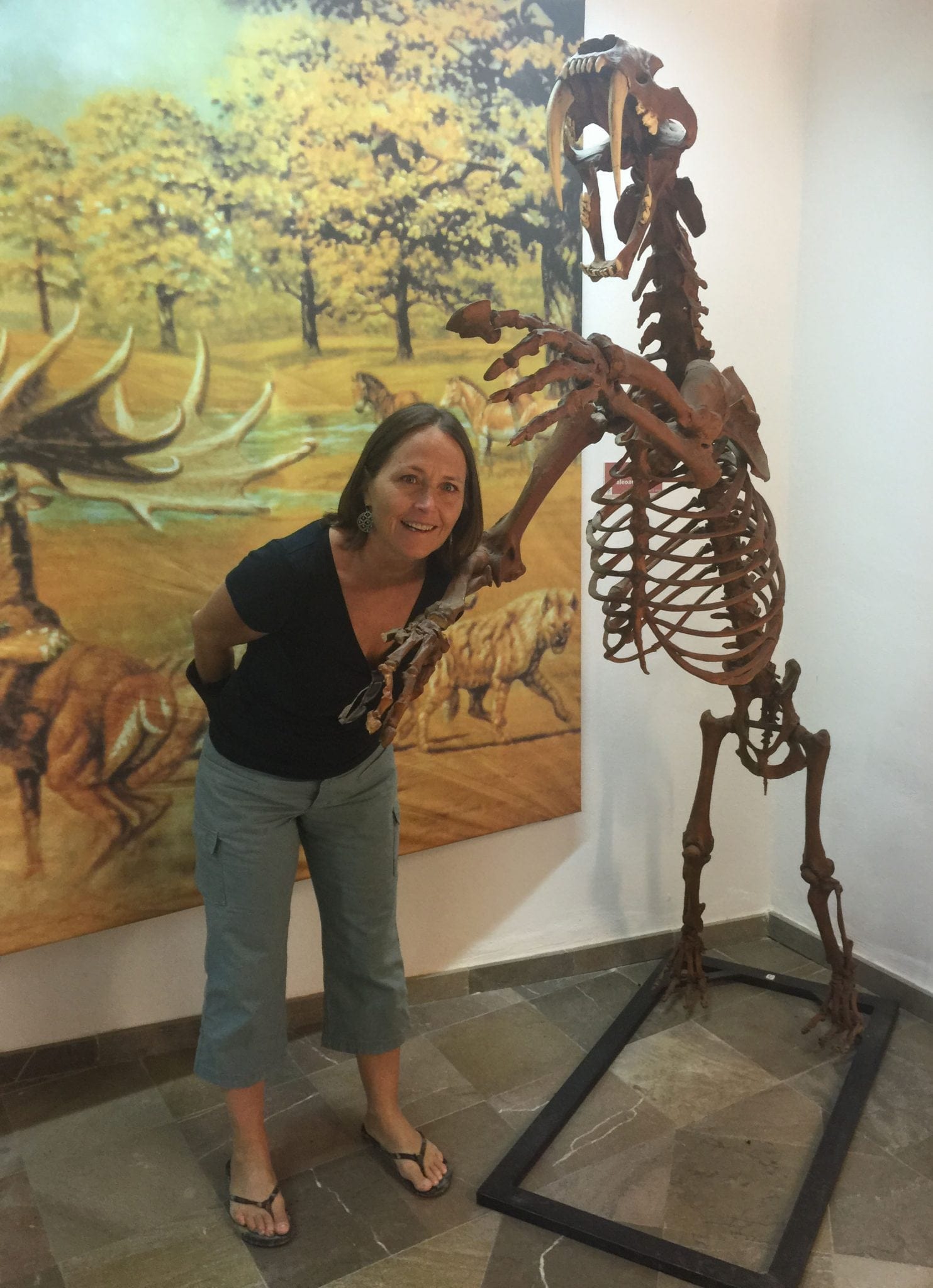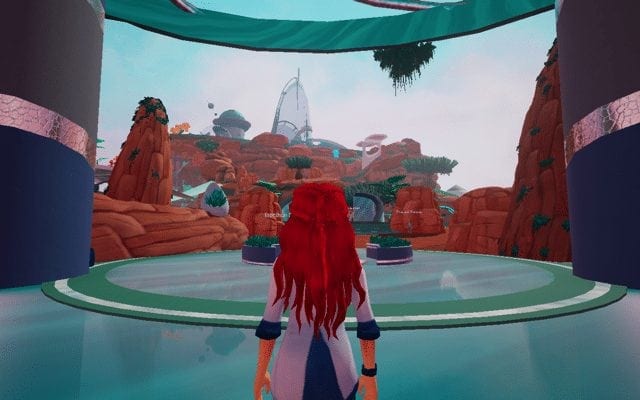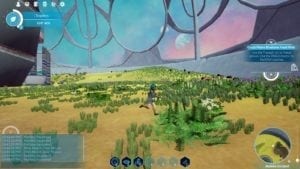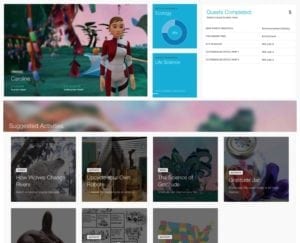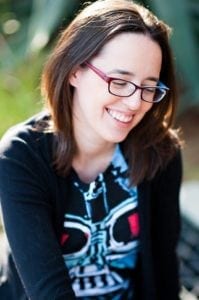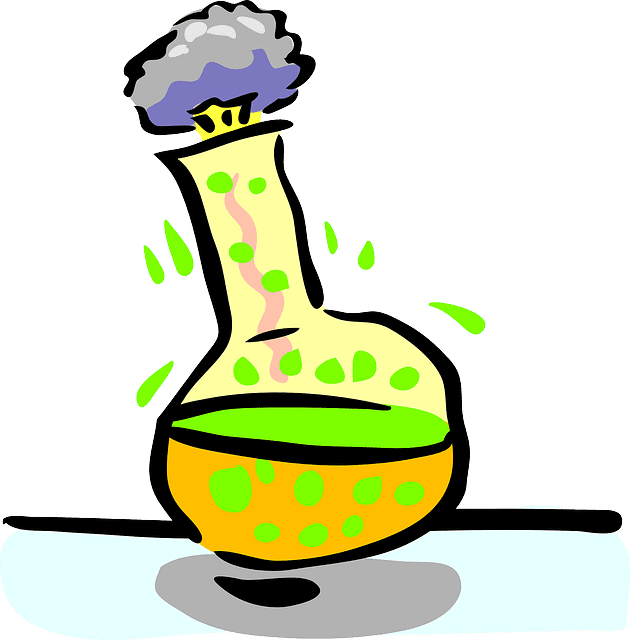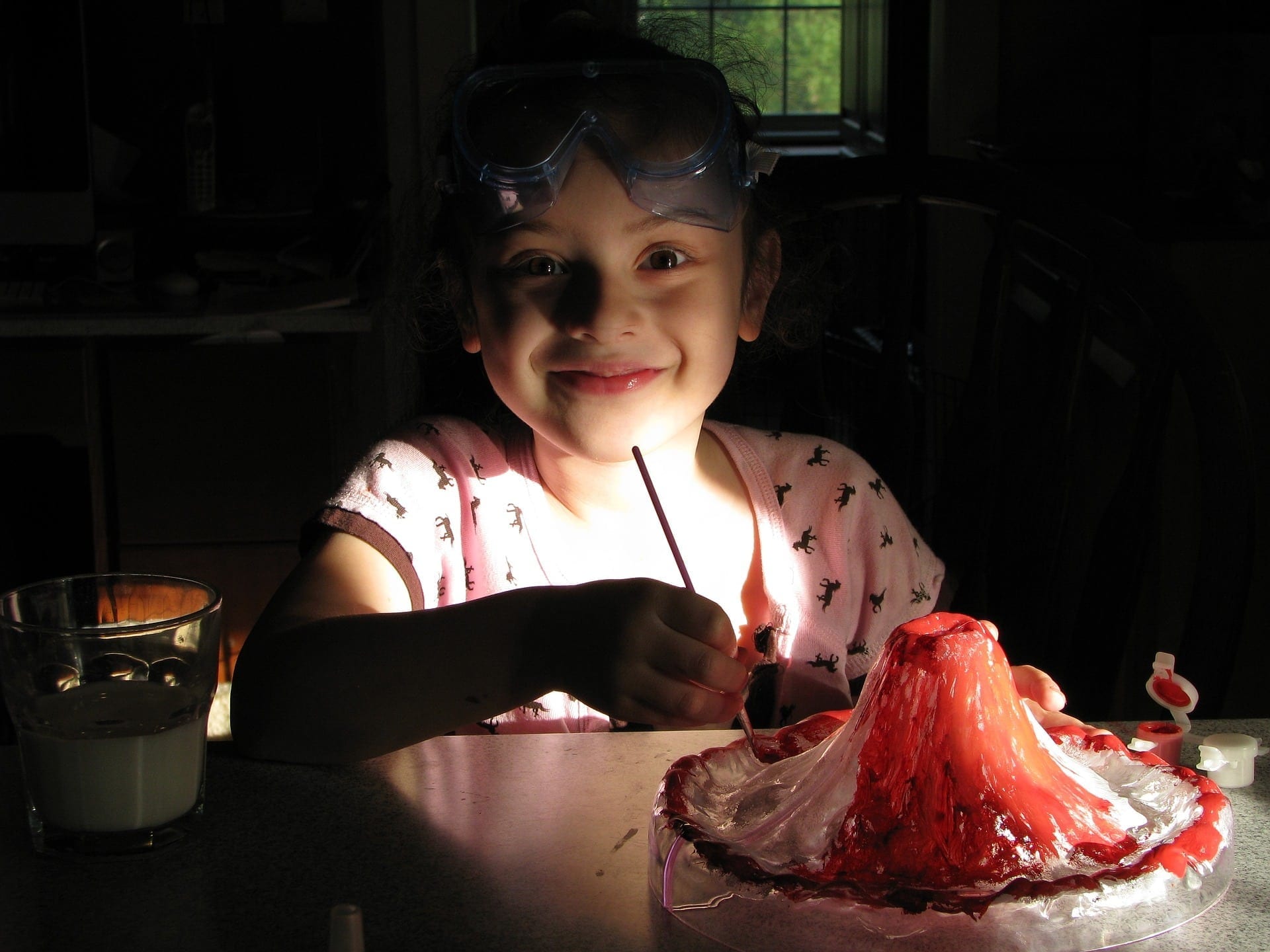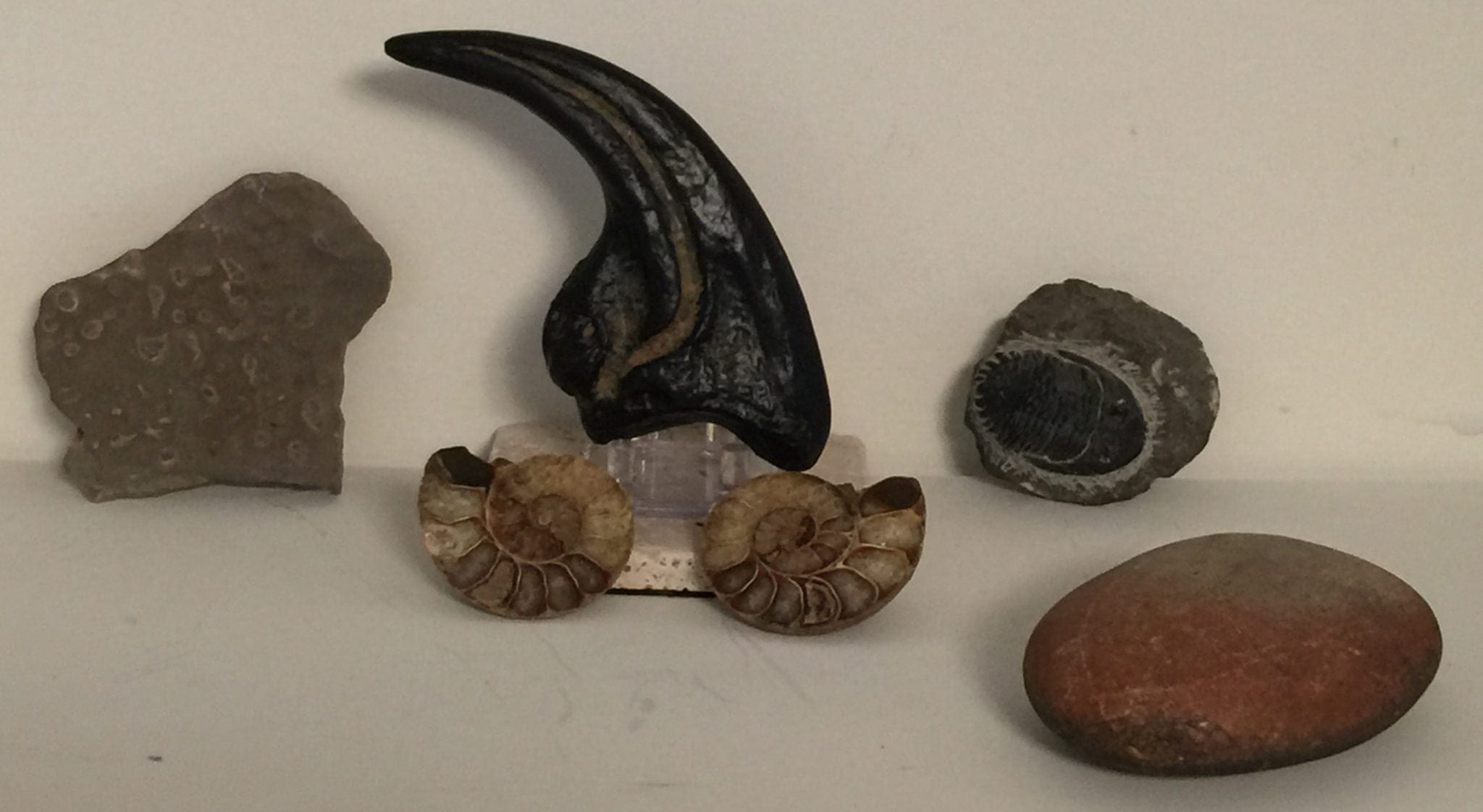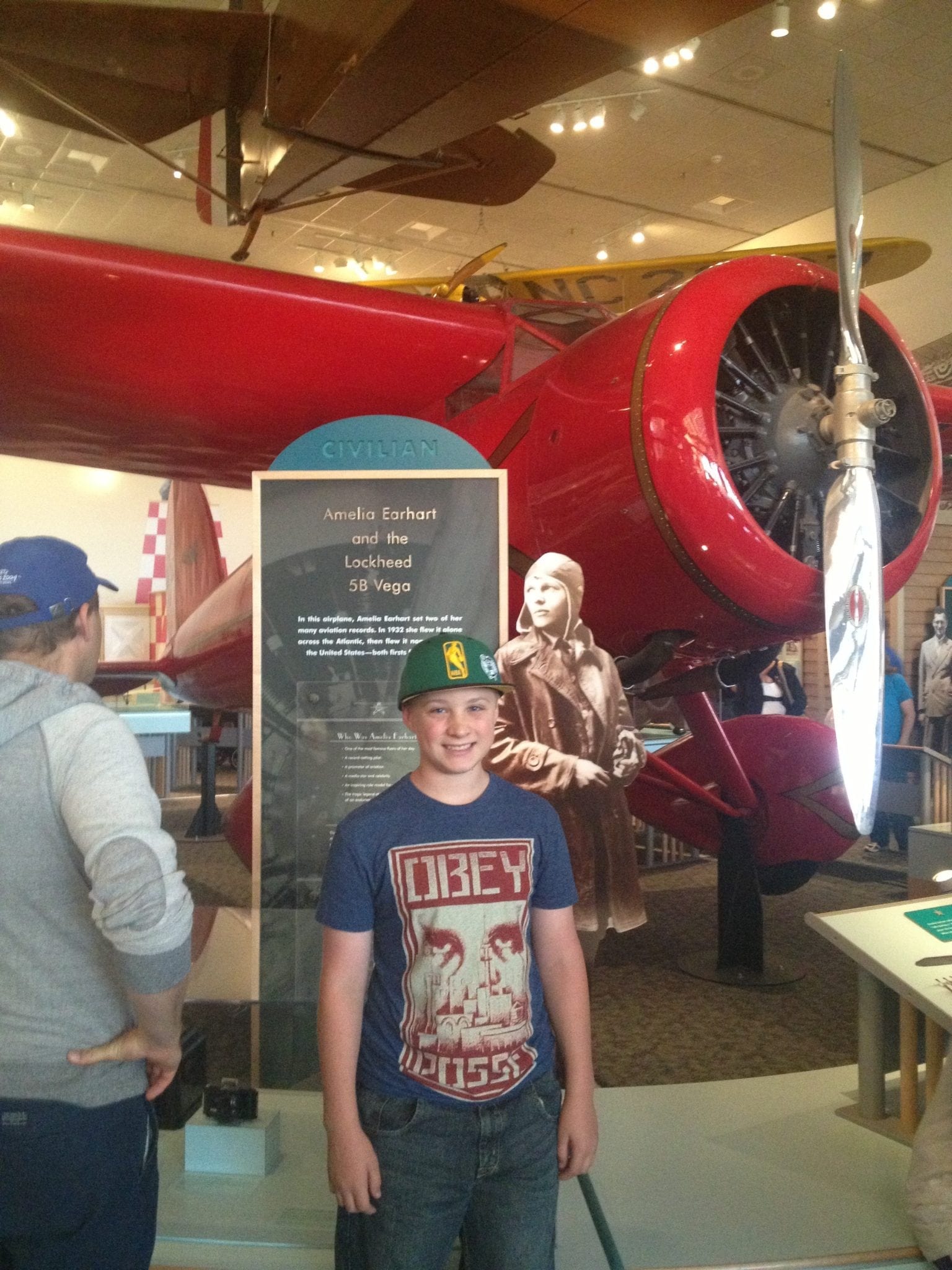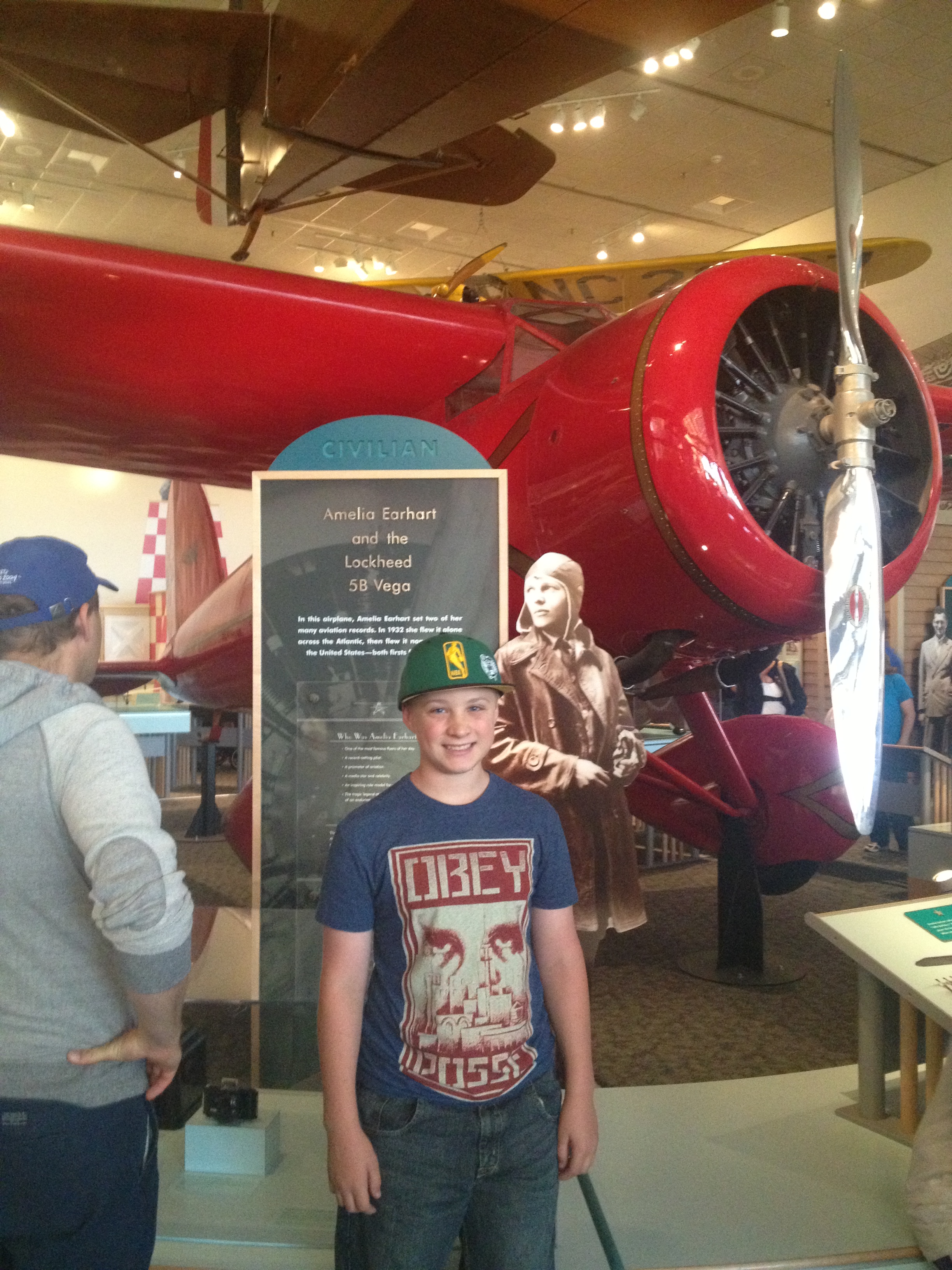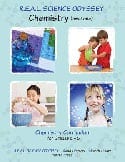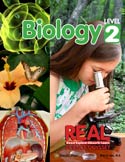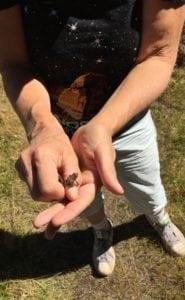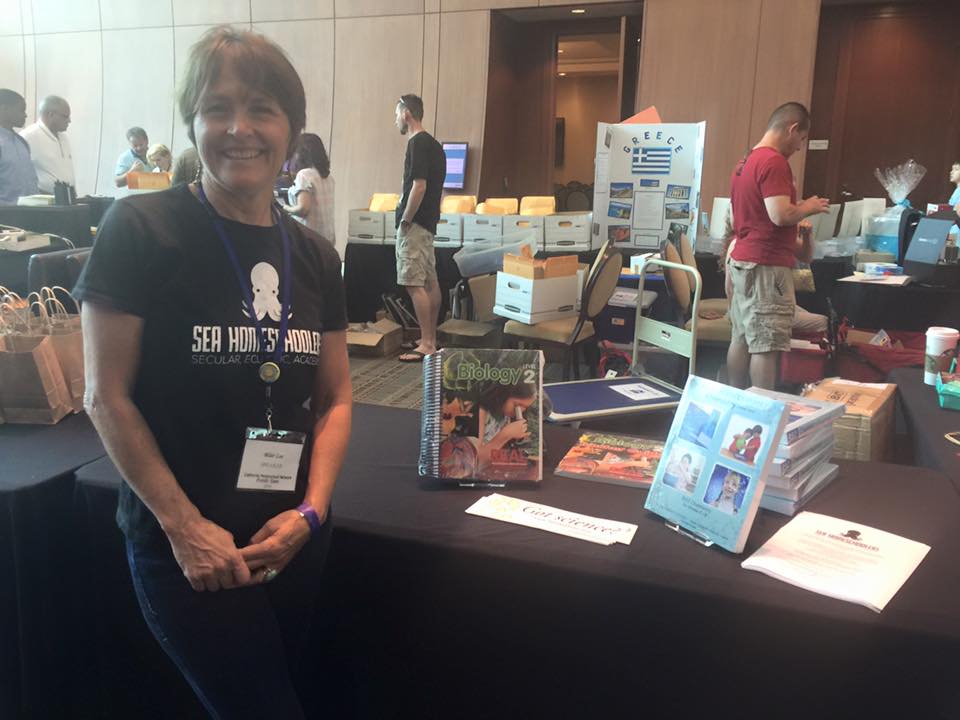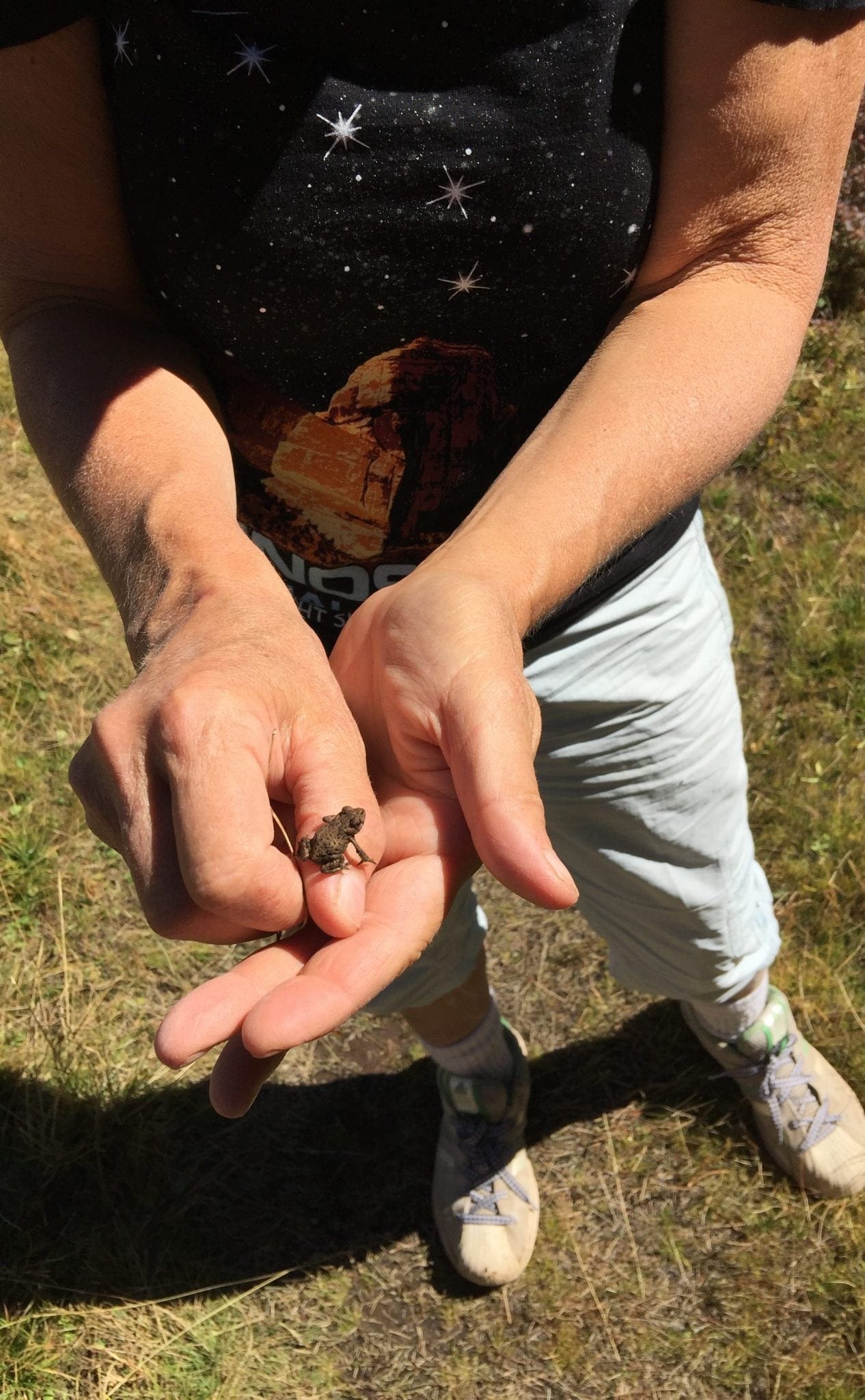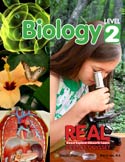Secular Science Education: SuperVolcanoes
John Suchocki
Secular Science Education: An Integrated Science Essay
Physics, Chemistry, Biology, Earth Science, and Astronomy
Supervolcanoes are a captivating topic that bridges multiple scientific disciplines, making them a perfect subject for secular science education. From the dramatic eruptions that shaped Earth’s landscapes to the intricate chemical processes hidden within volcanic ash, studying these natural phenomena offers valuable insights into physics, chemistry, biology, earth science, and astronomy. This essay delves into the fascinating world of supervolcanoes, showcasing how interdisciplinary science helps us understand and prepare for the dynamic forces shaping our planet and beyond.
Ashfall Fossil Beds Discovery
In 1971, the young geologist Mike Voorhies and his wife, Jane, were strolling along a gully on the edge of a farm in northeast Nebraska not far from where they lived. Since he was a little kid, Mike had been fascinated by fossils, having found his first ancient camel tooth at the age of 8. On that day by the gully he happened to notice what looked like an animal skull protruding from the eroding edges. Within minutes, he and Jane unearthed not just the skull but the entire skeletal remains of a 12 million year old rhinoceros. They had discovered what has since become known as the Ashfall Fossil Beds of Nebraska.
Further explorations revealed the remains of hundreds of large vertebrate animals who, around a water hole, had died together upon being buried by a meters thick layer of ash. The source of this ash? A supervolcano 1000 miles to the west—an earlier version of the very same supervolcano that now resides beneath Yellowstone National Park in northwest Wyoming.
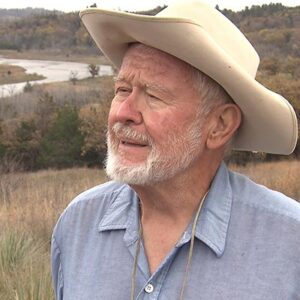
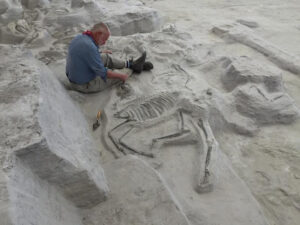
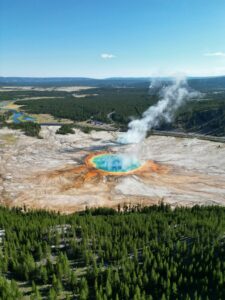
Secular Science Education: What Makes a SuperVolcano
As one learns from the study of Earth Science, the outer layers of Earth are broken into tectonic plates, looking much like the cracked shell of a hard boiled egg. About 95% of Earth’s volcanoes arise along these cracks. These volcanoes are certainly destructive, but they pale in comparison to the fewer “supervolcanoes”. These supervolcanoes tend to form not on the edge, but in the middle of a plate over what we call a “hot spot”, which is where there is a direct line between Earth’s molten core and the surface. Yellowstone resides over just such a hot spot, which explains its many natural hot springs along with frequent earthquake activity.
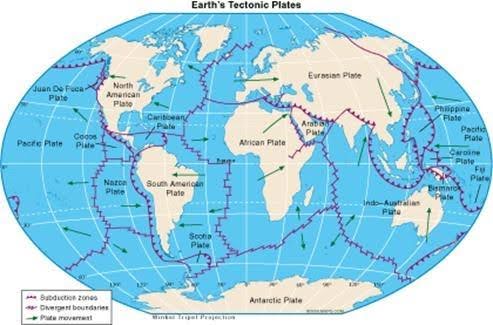
The Yellowstone Supervolcano
The Yellowstone super volcano has a history of blowing up around every 600,000 years. Notably, the last mega-explosion occurred about 630,000 years ago, which means that we are due for another mega-explosion at any time. Yellowstone, however, is one of the most closely studied and monitored volcanoes around the planet. Over the next 100,000 years, the chances of another explosion are quite good. The chances for this happening over the next century, however, are exceedingly small. As of this writing, the Yellowstone super volcano is showing no unusual signs of impending doom.
But that doesn’t stop scientists from wanting to learn as much as we can about this volcanic system. In 2017, for example, geology graduate student Hannah Shamloo, and her advisor, Christy Till, from Arizona State University, published research showing that the build up to the last major eruption of Yellowstone may have occurred over a matter of only years or decades, as opposed to thousands of years. But how exactly did they come to this conclusion? After all, we’re talking about a supervolcano that erupted some 630,000 years ago.
We all have observational skills. Part of what secular science education or becoming a scientist means is training those observational skills to a deeper level. Mike Voorhies was trained in what to look for with fossils. Similarly, as a graduate student, Hannah Shamloo, was being trained in what to look for within the micro-crystals found within volcanic ash.
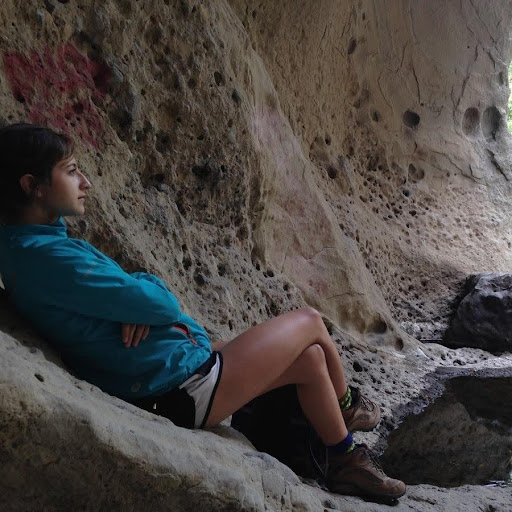
Decoding Volcanic Clues: Phenocrysts and Magma Dynamics
Hannah and her team first traveled to Yellowstone to collect samples of ash from the layer corresponding to the last mega-explosion. Back in the laboratory she used instruments to measure the chemical composition of micro-crystals known as phenocrysts—tiny crystals that form as magma cools slowly beneath the volcano prior to eruption. She had learned that as these crystal grows, trace elements, such as barium, Ba, get embedded within the crystal. The gradient from the center of the crystal to the outer edges, thus provides a storyline of the changing conditions beneath the volcano prior to eruption.
If there were no changes in the conditions of the magma over time, then the chemical composition would be the same throughout the crystal. What she found instead were chemical changes that showed two things: a rapid increase in the temperature of the surrounding magma and an increasing amount of a crystallized barium.
The problem with this is that with increasing temperatures, barium tends to stay out of the crystal and within the molten magma—yet with higher temperatures, they found the barium content of the crystals actually increasing! Further analysis also showed a relatively low content of water within the crystals. This was telling because a major mechanism for volcanic explosions is the presence of large amounts of water, which helps in the building of pressure.
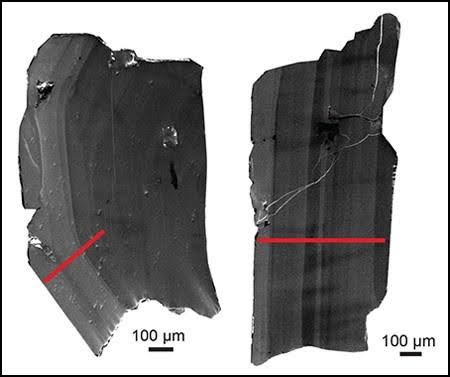
Here was important evidence within these tiny phenocryst crystals. And like a thoughtful Sherlock Holmes, they realized this pointed to a likely alternate mechanism of the last mega-explosion. Their observations within those phenocrysts could be explained by the rapid influx of a large quantity of magma from deep below over not thousands of years, by potentially only decades. If true, it means that present-day Yellowstone could go from its current conditions to a major explosion within this century.
As Hannah and her advisor are quick to point out, much more research is required to support or refute these conclusions. Further, the subterranean magma chambers, as far as we can track, are currently not undergoing major movements. Thus, geologists estimate chances of a mega-explosion occurring within a year to be about 1 in 760,000. The slow release of lava, which would devastate only the area around the national park, has a greater chance of occurring at about 1:10,000.
Living on a Dynamic Planet: The Value of Integrated Science
The main point to all of this is that we live on a planet that is very much alive. When it comes to volcanoes, earthquakes, tsunamis, wild fires, tornados, hurricanes, and other destructive forces, the more we can learn about these systems, the better we are able to prepare ourselves.
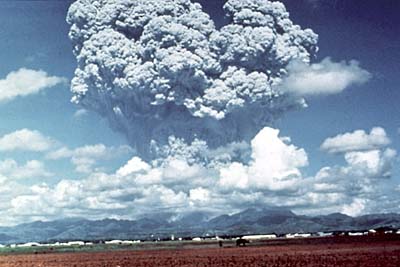
But beyond the benefit of preparing for potential disaster, there are many other benefits to learning about how nature works. Perhaps foremost are the perspectives we gain. There are the why questions: Why is the sky blue? Why is the Sun hot? Why does water take so long to boil? There are also the “how” questions: How do we know dinosaurs lived over 65 million years ago? How do we know an antibiotic won’t cure a viral infection? How do we know increasing atmospheric carbon dioxide levels are affecting global climate?
Science is a powerful tool for answering these sorts questions. As exemplified by the research into supervolcanoes, science is becoming increasingly interdisciplinary, or in other words “integrated”. To study her field of earth science, Hannah Shamloo needed to know how it is that magma is hot and generally rises upward (Physics). She needed to know how crystals precipitate from magma and how chemical composition can serve as a fingerprint in her detective work (Chemistry). And much of her inspiration arises from wanting to help protect ecosystems (Biology). And by no coincidence, her research will help in the study of extraterrestrial worlds, such as Io, a highly active volcanic moon of Jupiter (Astronomy). Integrated science is good science. It’s also enjoyable science and very much related to our everyday lives.
References
Shamloo, H., Till, C. (2017), Petrologic Insights into the Timing and Triggering Mechanism of the Lava Creek Tuff Supereruption, Yellowstone Caldera, WY, USA [Abstract]
IAVACEI 2017 Scientific Assembly, Portland, OR, August 14-18. http://iavcei2017.org/IAVCEI%202017%20Abstracts.pdf#page=995
Yellowstone Volcano Obervatory https://volcanoes.usgs.gov/observatories/yvo/
Paleo Sleuths – Digging Deeper Website featuring Mike Voorhies, Professor Emeritus http://paleosleuths.org/mike_voorhies.html
Sign Up for Our Online Magazine Today!
Did you know this article debuted in our free online homeschooling magazine? Don’t miss out on more secular science education and must-have resources. Sign up now!
Meet the Author!
John Suchocki is the founder and CEO of Conceptual Academy, a video centered course system used by colleges and high schools for introductory science, now available for homeschools, grades 7 – 12. For more information and a deeper look into what they offer, visit their dedicated homeschool support site at LearnScience.Academy

